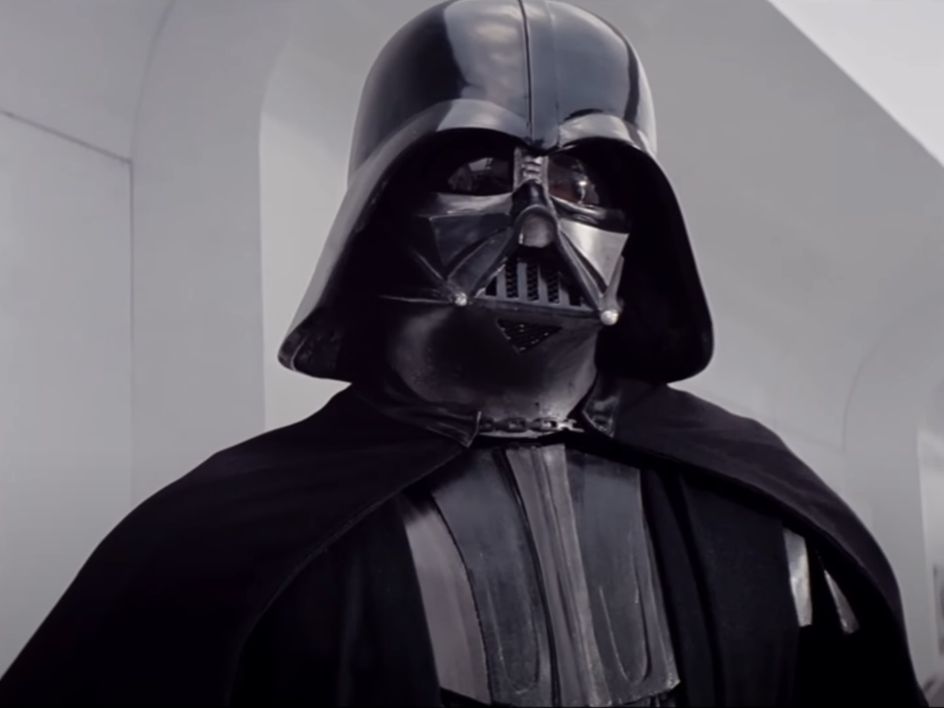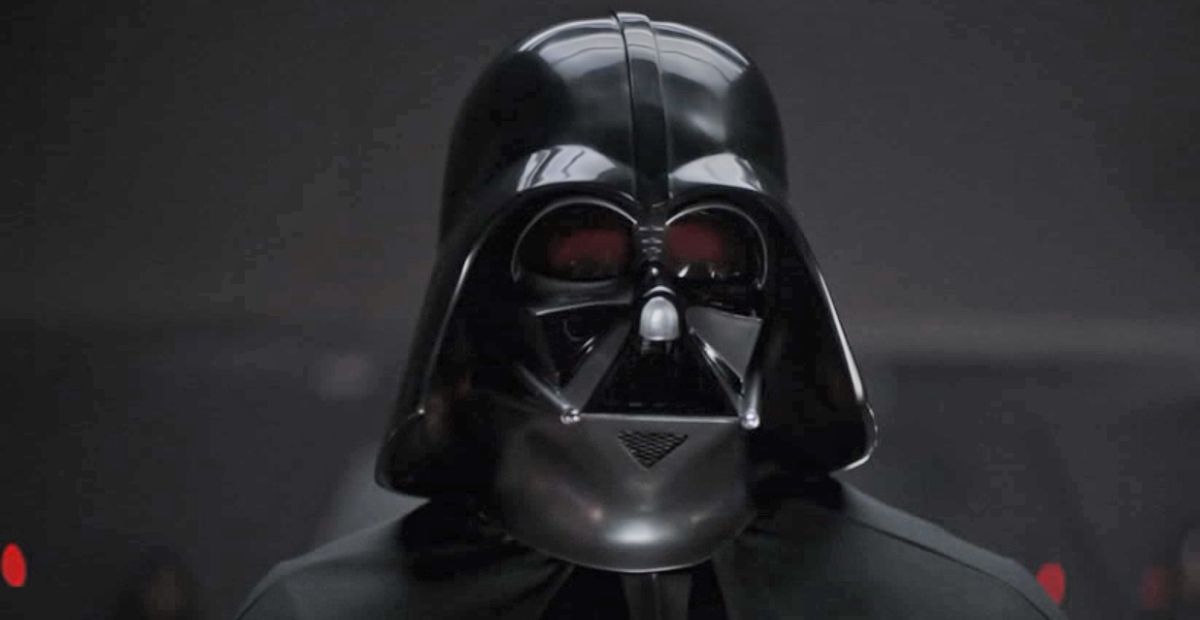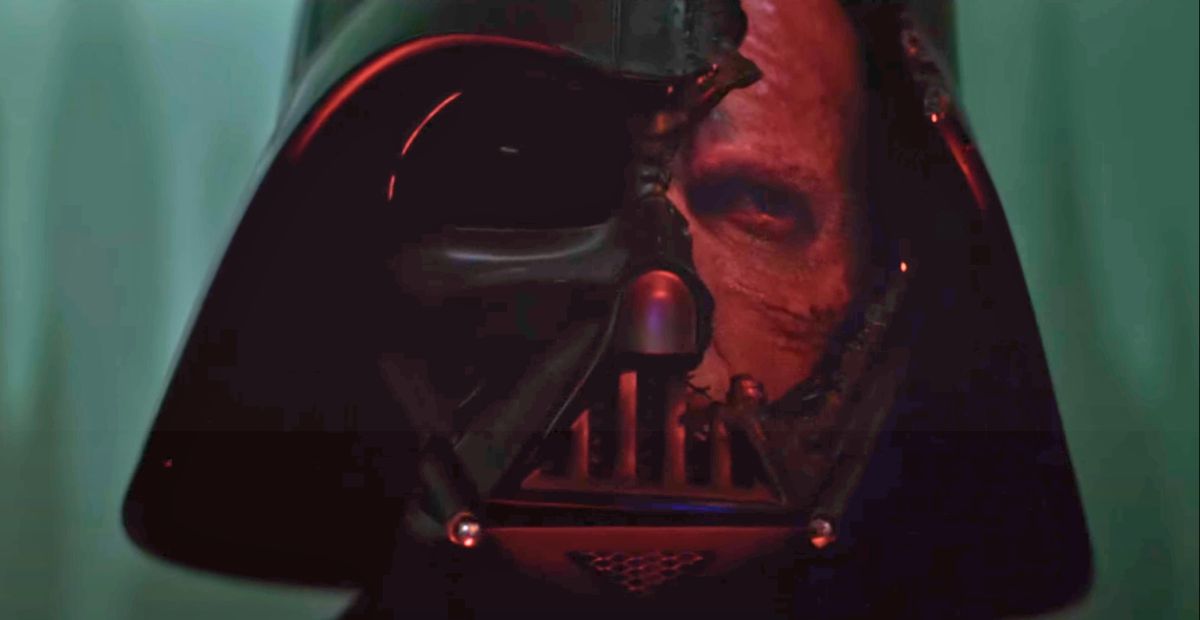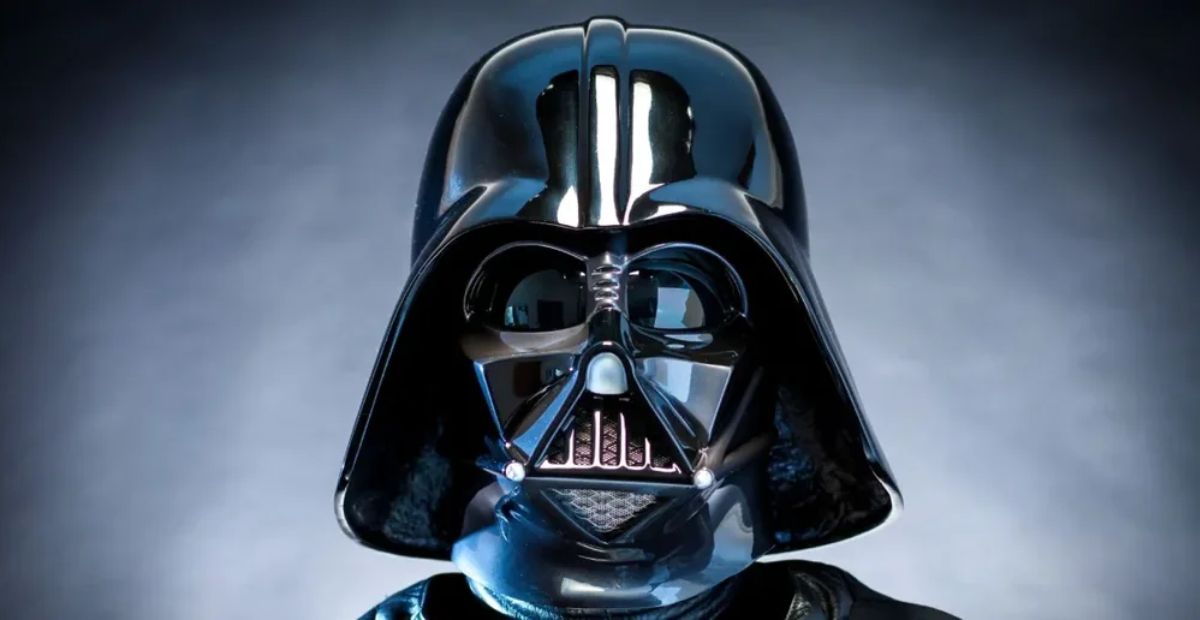Did you ever notice how Darth Vader’s helmet doesn’t always look the same across Star Wars? Whether it’s the movies, the animated series, video games, or even comics, his helmet design keeps changing. Sometimes it’s subtle, sometimes it’s way more obvious once you start paying attention.
In this article, we’re going to go through eight different times Darth Vader’s helmet design changed
A New Hope

Let’s start with the original. Of course, any comparison has to begin here—A New Hope is where we first met Darth Vader. His helmet in this film is probably the roughest and most unique-looking version. The dome sits a bit higher, and the eye lenses have this reddish tint that stands out when the light hits just right. Even the mask’s shape isn’t as symmetrical as later versions.
It’s got that raw, handmade feel that makes sense—because back then, it was handmade. This was 1977. The production team was still figuring out what Vader should look like, and it shows. But that’s part of what makes this version so iconic. It was intimidating, mysterious, and completely unlike anything we’d seen in sci-fi before.
The Empire Strikes Back and Return of the Jedi

By the time The Empire Strikes Back rolled around, Vader’s helmet had already received some subtle yet notable changes. And it wouldn’t stop there. For Return of the Jedi, they took the existing Empire helmet and gave it a bit of a touch-up—literally reconditioning it for the new film.
The photo above shows the differences between the two: on the left, the Return of the Jedi version remains unmodified, while the right side shows the refurbished Empire Strikes Back helmet. The biggest difference lies in the grille behind the mouth and the chin vents—these were completely replaced for the new look in Return of the Jedi.
It’s the kind of change most casual fans wouldn’t notice at first glance, but when you look closer, you realize how the Vader helmet keeps evolving, film by film, to reflect both story context and the visual design sensibilities of the time.
Revenge of the Sith

At the end of Revenge of the Sith, we witness Anakin Skywalker’s transformation into Darth Vader as the iconic helmet is lowered onto his burned face for the first time. The design here is noticeably sleeker and more polished compared to later versions.
In contrast, the OT helmets—especially in A New Hope—look bulkier and more rugged. The A New Hope version has noticeable asymmetry, slightly warped lines, and a less reflective finish. You can even see uneven edges and a different paint sheen, particularly in the mouthpiece and dome. These imperfections weren’t intentional at the time (it was 1977, after all), but in hindsight, they make Vader’s look feel more ominous and weathered.
Rogue One

When Rogue One dropped in 2016, one of the biggest surprises for fans was just how much effort went into making Vader look exactly like he did in A New Hope. But this wasn’t just nostalgia—this was intentional design. The Rogue One team worked closely with archival material to replicate the 1977 look as faithfully as possible. And it shows.
The helmet in Rogue One brings back some of the original’s quirks:
- The red lenses return, which are especially noticeable when backlit (just like in the original film).
- The asymmetry in the mouthpiece and dome shape is preserved.
- Even the slightly rougher paint job and matte finish match the OT’s practical, less-refined look.
- The neck shroud is short, just like in A New Hope, and you can see more of Vader’s under-armor than in later iterations.
In fact, Rogue One is the only time since 1977 that Vader’s helmet has been this close to the original, right down to the proportions of the triangular grill and the angle of the brow.
Obi-Wan Kenobi
The version of Darth Vader’s helmet seen in the Obi-Wan Kenobi series doesn’t just serve as another visual update—it delivers one of the most emotionally powerful moments in the entire franchise. For the most part, the helmet stays consistent with the design seen in Rogue One and A New Hope, featuring the familiar symmetrical look, angular dome, and narrowed lenses that make Vader so intimidating. But everything changes in the finale, during his brutal final duel with Obi-Wan.

In that fight, Obi-Wan strikes Vader with a slash so powerful it cracks open the right side of his helmet. The damage reveals something we rarely see—Anakin Skywalker’s actual face. For the first time in live-action, we get a clear look at the man inside the mask. What makes this moment even more powerful is how personal and raw it is. The helmet, normally pristine and impenetrable, is now shattered, exposing a piece of Anakin’s humanity beneath the monster. And it’s not just visual—the voice begins glitching, shifting between the deep mechanical tone of James Earl Jones and the more vulnerable voice of Hayden Christensen. It’s a haunting effect that makes the scene hit even harder.
This damaged helmet also carries deep symbolic meaning. In Star Wars Rebels, Ahsoka Tano had slashed open the left side of Vader’s helmet in their duel, exposing part of his face. Now, Obi-Wan completes the image by tearing through the other side. It’s as if only the people who truly loved Anakin, Ahsoka and Obi-Wan can break through the armor, even if only for a brief, tragic moment. The lighting in the scene, with Vader’s face lit by flashes of red and blue, beautifully mirrors the tug-of-war between his dark and light sides.
Star Wars Rebels

In Star Wars Rebels, Darth Vader’s helmet gets a unique animated makeover. Since the show uses a stylized art direction inspired by Ralph McQuarrie’s original concept art, Vader’s design reflects that. The dome is more angular, his eyes are slightly narrower, and the lines across the mask are simplified for the animation style. While the overall silhouette is instantly recognizable, the details are sharper and more exaggerated, giving him an even more menacing presence in motion.
Jedi Fallen Order

In Star Wars Jedi: Fallen Order, Darth Vader’s appearance is brief but unforgettable—and his helmet is one of the most accurate digital recreations of the original trilogy design we’ve ever seen in a video game. The devs at Respawn didn’t stylize or reimagine anything here. Instead, they went for a chillingly faithful recreation of his Empire Strikes Back look, complete with the glossy black finish, the curved dome, and that cold, expressionless faceplate that’s haunted generations of fans.

